Discover the Evolution of Cartoon Characters Through the Decades
The History of Cartoon Characters
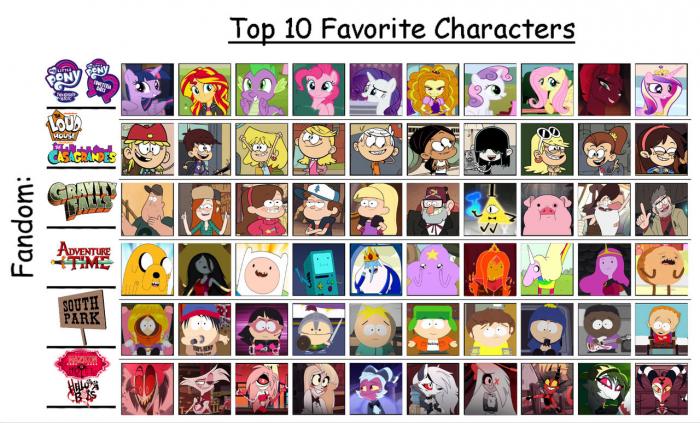
Cartoon characters have been a fundamental part of popular culture for nearly a century. Beginning in the 1920s with the advent of animated shorts, these colorful and whimsical figures quickly captured the hearts of audiences worldwide. As technology advanced, so did the artistry behind these characters, leading to a diverse and ever-evolving roster of animated icons.
In the 1920s, cartoon characters were simple and often featured in short films alongside live-action actors. Characters like Felix the Cat and Oswald the Lucky Rabbit paved the way for the colorful and expressive cartoons of the future. The 1930s saw the rise of beloved characters like Mickey Mouse and Betty Boop, solidifying the popularity of animated entertainment.
The 1940s brought innovations in animation techniques, with the introduction of Technicolor and more complex storylines. Characters like Bugs Bunny and Daffy Duck became household names, showcasing the wit and humor that would define the golden age of cartoons in the 1950s. This era gave birth to iconic characters like Tom and Jerry, as well as the Looney Tunes gang.
As the 1960s rolled around, cartoons began to explore more contemporary themes and styles, reflecting the changing times. The 1970s brought a wave of nostalgia for classic cartoon characters, leading to revivals and reboots of beloved shows from the past. The 1980s saw a surge in the popularity of animated series, with shows like “He-Man” and “Transformers” captivating young audiences.
By the 1990s, cartoons had undergone a revolution, with the advent of computer-generated animation and more sophisticated storytelling. Characters like SpongeBob SquarePants and The Simpsons became cultural phenomena, ushering in a new era of animated entertainment. From the humble beginnings of Felix the Cat to the modern-day antics of SpongeBob, the evolution of cartoon characters reflects the ever-changing landscape of popular culture.
Cartoons in the 1920s
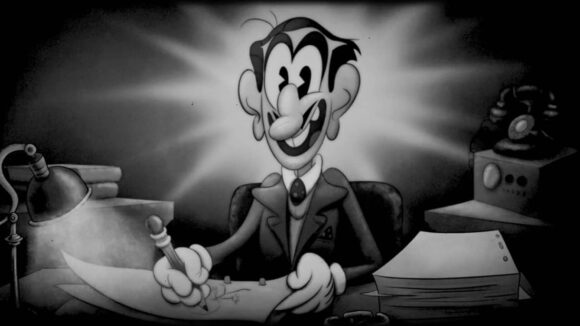
The 1920s marked a significant turning point in the world of animation with the birth of iconic cartoon characters that are still beloved today. One of the most notable introductions was Felix the Cat, created by Pat Sullivan and Otto Messmer in 1919. Felix quickly became a household name, captivating audiences with his mischievous adventures and innovative use of animation techniques.
Another groundbreaking cartoon character of the 1920s was Oswald the Lucky Rabbit, created by Walt Disney and Ub Iwerks in 1927. Oswald paved the way for the creation of Disney’s most famous character, Mickey Mouse, and set the stage for the studio’s future success in animation.
Cartoons in the 1920s were primarily silent, relying on visual gags and physical comedy to entertain audiences. The use of vibrant color palettes and whimsical character designs set the tone for the golden age of animation that would follow in the decades to come.
Overall, the 1920s were a time of innovation and creativity in the world of cartoons, laying the foundation for the beloved characters and animated films that continue to capture the hearts of audiences around the world.
Popularity of Cartoons in the 1930s
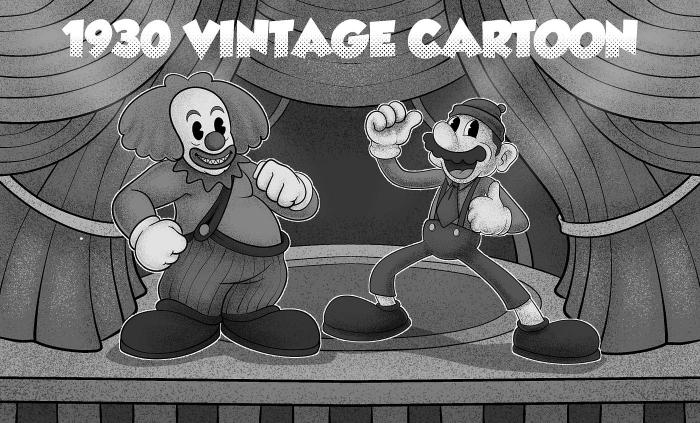
The 1930s marked a significant turning point in the popularity of cartoons, as they transitioned from being primarily shown in movie theaters to becoming a staple in households across America. With the advent of television in the late 1930s, cartoons began to be broadcasted directly into homes, captivating audiences of all ages.
One of the most iconic cartoon characters of the 1930s was Mickey Mouse, created by Walt Disney in 1928. Mickey Mouse quickly became a cultural phenomenon, appearing in a series of short films and gaining immense popularity among children and adults alike. The success of Mickey Mouse paved the way for other animated characters, such as Betty Boop and Popeye, to captivate audiences with their unique personalities and stories.
The 1930s also saw the rise of animation studios such as Warner Bros. and MGM, which produced beloved cartoons featuring characters like Bugs Bunny, Daffy Duck, and Tom and Jerry. These cartoons became a form of entertainment that brought joy and laughter to millions of viewers during a time of economic hardship and uncertainty.
Overall, the 1930s were a golden age for cartoons, as they transitioned from being a novelty in movie theaters to becoming a beloved form of entertainment that brought joy and laughter to audiences around the world. The popularity of cartoons in the 1930s laid the foundation for the thriving animation industry that we know today.
Innovations in Cartoons during the 1940s

The 1940s marked a significant period of innovation in the world of cartoons. One of the most notable developments during this time was the introduction of Technicolor, which revolutionized the way cartoons were presented on screen. This new color technology brought vibrant hues and lifelike tones to the animated world, captivating audiences with its visual appeal.
Another key innovation in cartoons during the 1940s was the advancement of character development. Cartoons began to feature more complex and multidimensional characters, adding depth and richness to storytelling. Characters like Bugs Bunny and Daffy Duck emerged during this era, showcasing a new level of wit and personality in animated entertainment.
Additionally, the 1940s saw the rise of new animation techniques, such as rotoscoping and limited animation. These methods allowed for smoother movements and more detailed sequences in cartoons, enhancing the overall viewing experience for audiences.
Overall, the innovations in cartoons during the 1940s laid the foundation for the future of animation, shaping the industry into what it is today. The combination of Technicolor, character development, and animation techniques created a new standard of excellence in the world of cartoons, setting the stage for the golden age of animation that would follow in the decades to come.
Iconic Characters of the 1950s
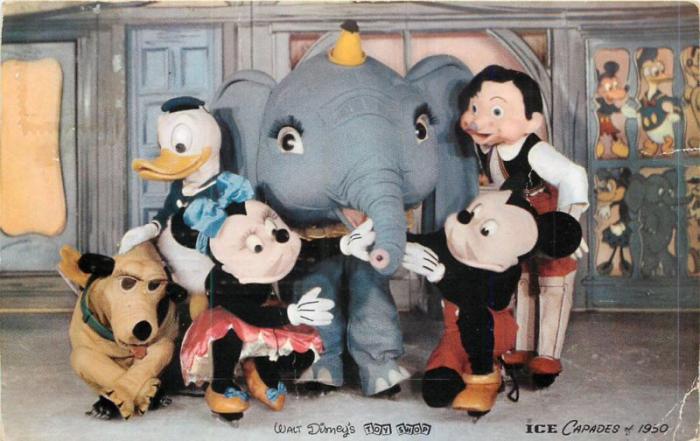
The 1950s marked a significant era in the world of cartoons, introducing audiences to a plethora of iconic characters that have remained beloved to this day. One standout character that emerged during this time was Yogi Bear, created by Hanna-Barbera Productions in 1958. Yogi Bear, with his witty one-liners and penchant for stealing picnic baskets, quickly became a fan favorite and continues to be a beloved character in popular culture.
Another iconic character from the 1950s is Betty Boop. Originally introduced in the 1930s, Betty Boop gained even more popularity in the 1950s through syndication on television. With her signature red dress and distinctive voice, Betty Boop became a symbol of female empowerment and independence during a time of societal change.
Additionally, the 1950s introduced audiences to the lovable canine duo, Lady and the Tramp. Disney’s animated film, released in 1955, showcased the romance between a pampered Cocker Spaniel and a street-smart stray dog. The film’s iconic spaghetti dinner scene has become one of the most memorable moments in cinematic history.
Overall, the 1950s were a time of innovation and creativity in the world of cartoons, giving rise to memorable characters that have stood the test of time. These iconic characters continue to captivate audiences of all ages, proving that good storytelling and engaging characters are timeless.
Evolution of Cartoons in the 1960s
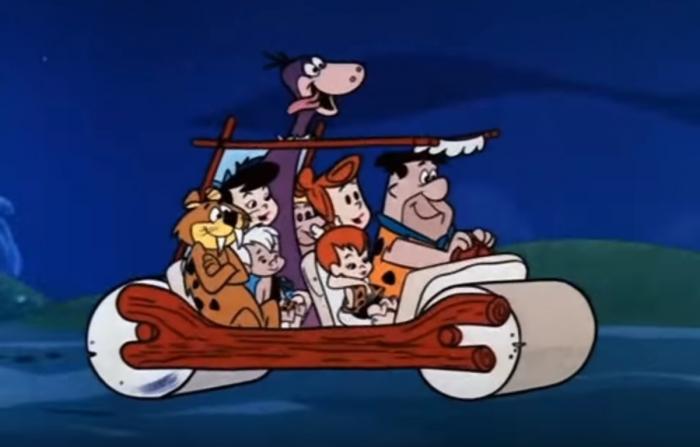
The 1960s marked a significant shift in the world of animation, with cartoons becoming more experimental, innovative, and politically charged. This decade saw the rise of iconic cartoon characters such as The Flintstones, The Jetsons, and Scooby-Doo, each of which reflected the social and cultural changes happening at the time.
The Flintstones, airing from 1960 to 1966, was the first animated prime-time series and is often seen as a parody of contemporary suburban life. The show combined prehistoric settings with modern technology, creating a unique blend of traditional sitcom elements and animated storytelling.
On the other hand, The Jetsons, which premiered in 1962, showcased a futuristic world filled with flying cars, robot maids, and other technological marvels. This cartoon served as a reflection of the growing interest in space exploration and the rapid advancements in science and technology during the 1960s.
Scooby-Doo, Where Are You!, introduced in 1969, followed a group of teenagers and their talking Great Dane as they solved mysteries involving supposed supernatural creatures. The show’s focus on detective work and rational explanations for seemingly supernatural events was a departure from the typical slapstick humor of previous cartoons.
Overall, the 1960s brought about a new era of storytelling in the world of cartoons, with creators pushing the boundaries of what animated shows could explore. This decade set the stage for the diverse range of animated content we enjoy today and laid the foundation for the evolution of cartoons in the decades to come.
Cartoons in the 1970s: Nostalgia
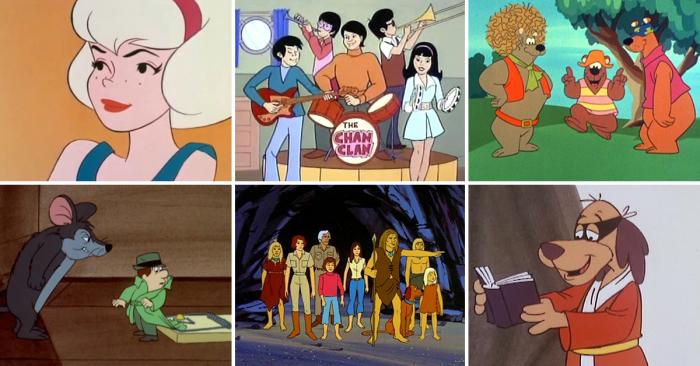
The 1970s were a time of nostalgia for many cartoon enthusiasts, as beloved animated characters from previous decades made a comeback on television screens. Shows like “Scooby-Doo, Where Are You!” and “The Pink Panther Show” captured the hearts of viewers with their memorable characters and catchy theme songs.
One of the most iconic cartoons of the 1970s was “Scooby-Doo, Where Are You!” which followed the adventures of a group of teenagers and their talking Great Dane, Scooby-Doo, as they solved mysteries involving ghosts, monsters, and other supernatural creatures. The show’s blend of humor, suspense, and friendship resonated with audiences of all ages and continues to be a fan favorite to this day.
Another standout from this era was “The Pink Panther Show,” featuring the cool and collected Pink Panther in a series of animated shorts. The suave feline’s adventures, paired with Henry Mancini’s unforgettable theme music, enchanted viewers and solidified the Pink Panther as a beloved cultural icon.
The 1970s were a time of nostalgia for many cartoon lovers, as classic characters from previous decades were reintroduced to a new generation of fans. These shows not only entertained audiences with their imaginative storytelling and colorful animation but also left a lasting impact on popular culture that endures to this day.
Trends in Cartoons in the 1980s
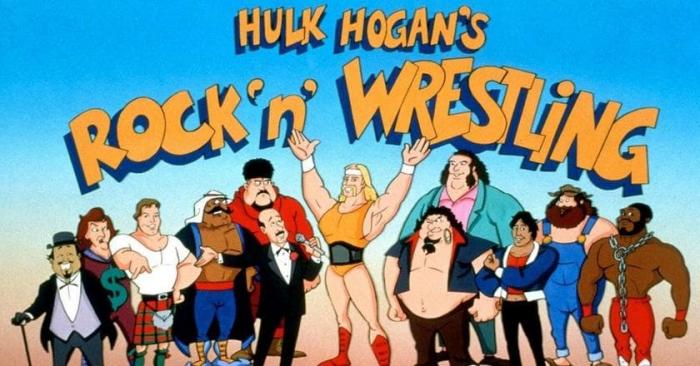
The 1980s was a pivotal decade for the evolution of cartoons, as it marked a shift towards more complex storytelling and diverse character development. One of the most notable trends during this time was the rise of animated series that targeted older audiences, such as “The Simpsons” and “Transformers.” These shows introduced a level of sophistication and maturity that was previously unseen in cartoons.
Another significant trend in 1980s cartoons was the emergence of toy-based series like “He-Man and the Masters of the Universe” and “G.I. Joe: A Real American Hero.” These shows not only served as entertainment but also as a means of marketing action figures and other merchandise to children. This integration of cartoons and toy lines was a groundbreaking strategy that paved the way for future marketing tactics in the industry.
Furthermore, the 1980s saw an increase in the use of computer animation, with shows like “The Adventures of The Little Koala” and “Inspector Gadget” incorporating CGI elements into their animation. This technological advancement opened up new possibilities for animators and allowed for more visually stunning and dynamic cartoons.
Overall, the 1980s was a decade of innovation and experimentation in the world of cartoons. The trends that emerged during this time laid the foundation for the diverse and dynamic landscape of animated entertainment that we see today.
Revolution of Cartoons in the 1990s
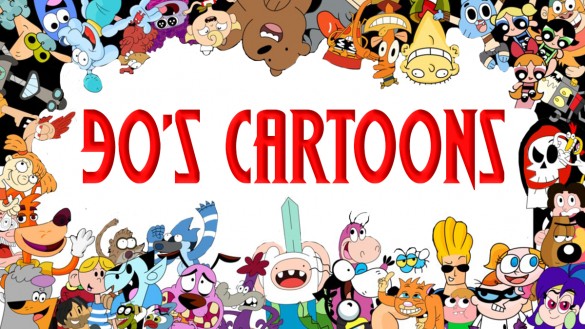
The 1990s marked a significant turning point in the world of cartoons, with a revolution that forever changed the landscape of animated television. This era saw the rise of groundbreaking shows that pushed boundaries and captivated audiences of all ages.
One of the most notable aspects of the revolution of cartoons in the 1990s was the shift towards more mature and sophisticated storytelling. Cartoons like “Batman: The Animated Series” and “Gargoyles” embraced darker themes and complex characters, setting a new standard for animated storytelling. These shows appealed to both children and adults, paving the way for a new wave of animated series that would challenge traditional expectations of animation.
Additionally, the 1990s saw a surge in diversity and representation in cartoons. Shows like “Sailor Moon” and “The Powerpuff Girls” featured strong female leads, breaking stereotypes and empowering young viewers. This era also saw the introduction of LGBTQ+ characters and themes, expanding the scope of representation in animated media.
Furthermore, the revolution of cartoons in the 1990s was characterized by a focus on innovative animation techniques and visual styles. Shows like “Ren & Stimpy” and “Aaahh!!! Real Monsters” pushed the boundaries of traditional animation, experimenting with surreal visuals and unconventional storytelling methods.
Overall, the revolution of cartoons in the 1990s was a transformative period that shaped the future of animated television. The era’s emphasis on complex storytelling, diversity, and innovation set the stage for the diverse and inclusive animated landscape we see today.
Popular Cartoons in the Future
As we look ahead to the future of cartoon characters, it’s clear that the evolution of animation will continue to captivate audiences of all ages. With advancements in technology and storytelling, we can expect to see a new wave of innovative and visually stunning cartoons that push the boundaries of creativity.
In the coming years, we can anticipate a rise in interactive cartoons that allow viewers to engage with the characters and storyline in exciting ways. Virtual reality and augmented reality will likely play a significant role in redefining the animation experience, offering viewers a more immersive and interactive way to enjoy their favorite cartoons.
Moreover, the future of cartoons will likely feature even more diverse and inclusive characters, reflecting the changing demographics of our society. This inclusivity will not only resonate with a wider audience but also pave the way for meaningful storytelling that celebrates individuality and acceptance.
With the rise of streaming platforms and digital content, cartoons in the future will have more opportunities to reach global audiences and connect with fans from around the world. This accessibility will open up new creative possibilities and allow for greater collaboration between artists and storytellers from different cultures and backgrounds.
In conclusion, the future of cartoon characters is bright and full of endless possibilities. With a blend of technology, innovation, and inclusivity, we can look forward to a dynamic and exciting era of animation that will continue to inspire and entertain audiences for generations to come.